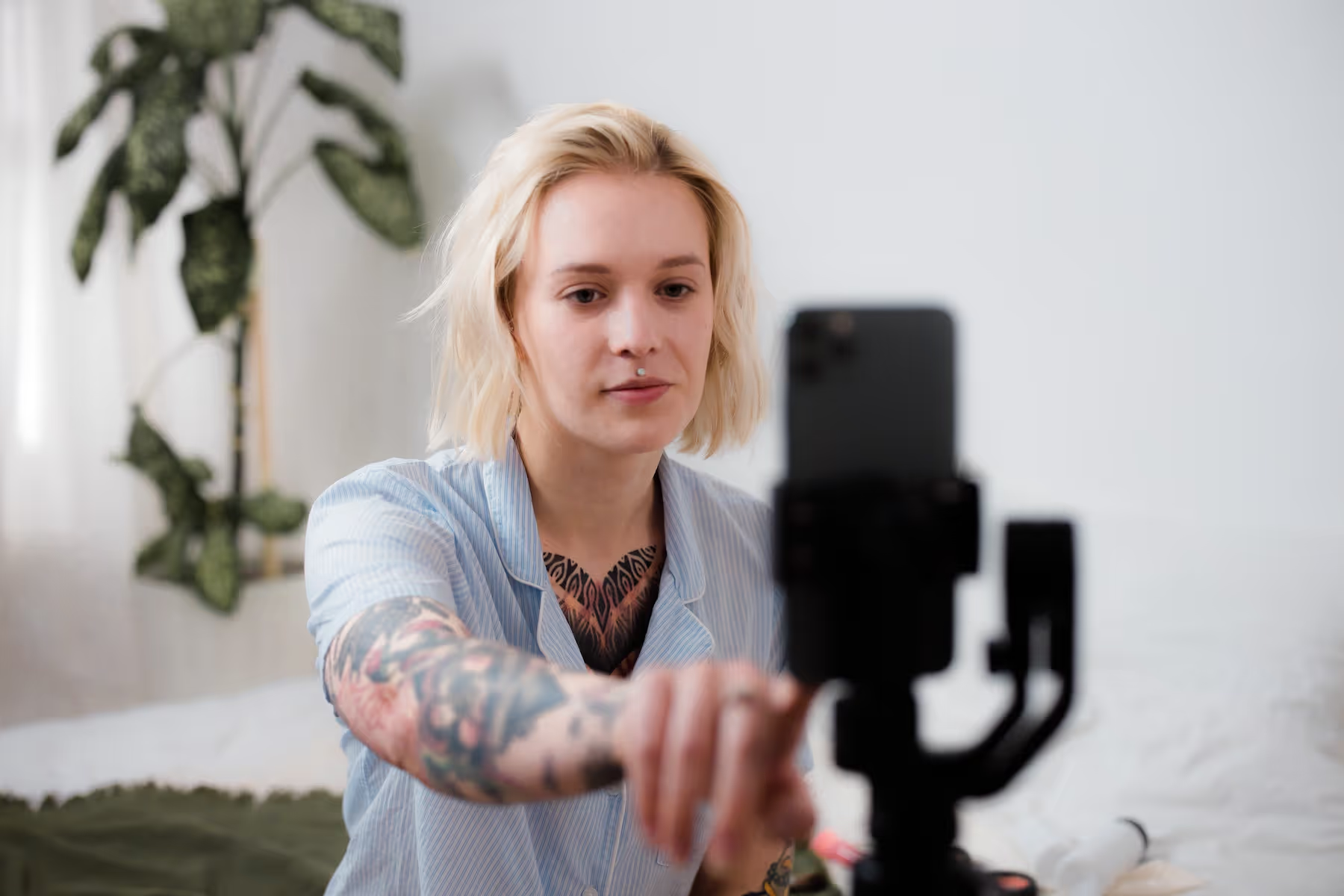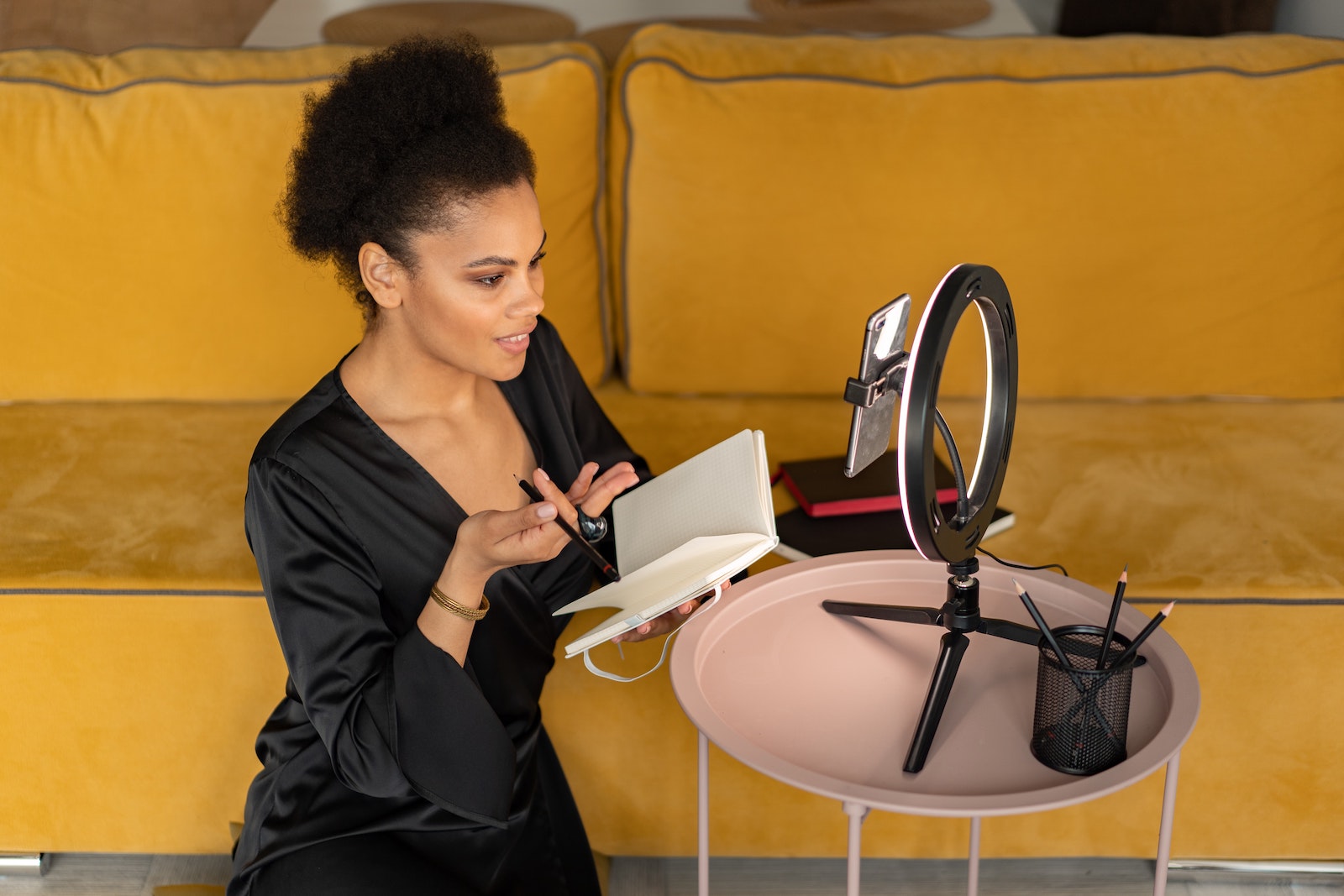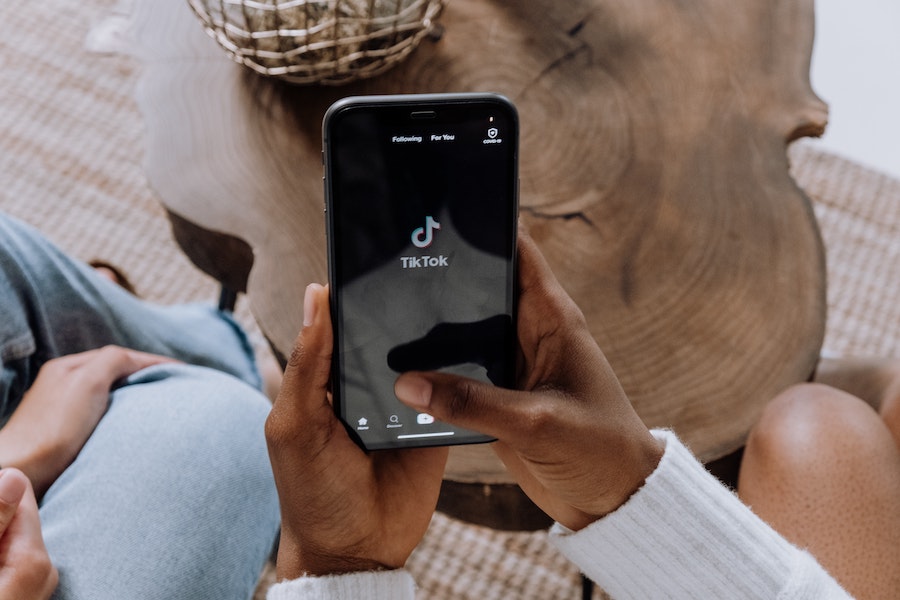Meta is following in Elon Musk’s footsteps and instituting a paid social media verification option for Facebook and Instagram. The coveted blue checkmark has been a status symbol for years. Making the option of paying for one appealing to many. But it may not be the best decision for everyone.
Meta CEO, Mark Zuckerberg, announced Meta Verified on February 19 in an effort to help “up-and-coming creators grow their presence and build community faster.” The program is currently only available in New Zealand and Australia and Meta hasn’t released a timeline for when other countries will get the feature. The company said it would generally be available “soon.” There is a Meta Verified waitlist that is available for those looking to be the first to find out news and subscribe to the verification bundle.
{{socialmedia-component="/blog-shortcodes/blog-popup"}}
What is verification?
Typically, social media verification gives creators an extra layer of authority. And it helps their followers know that they’re the authentic account. Each social media platform has a different way they verify accounts. And slight differences in what verification means.
With Meta’s verification comes impersonation protection and access to increased visibility and support on Instagram and Facebook, according to the news release. The verification comes with a verified badge next to the user account that you earn by offering a government ID. Plus, it comes with increased visibility on parts of the platform like search and in comments.
What are the pros of paying for the Meta verification bundle?
One of the most significant benefits of being verified is the ability of that blue checkmark to help Content Creators drive engagement. Users who pay for verification will have a more prominent place in searches, comments, and recommendations, according to Meta. The company said this will help lead to an increase in visibility and reach for those creators. While the blue checkmark might seem like a vanity issue, it does have practical implications. Social media users tend to trust verified users more. So verification can help content creators build their audience.
The verified badge also helps protect from account impersonation. Users must verify their identity by providing Meta with government-issued identification. This is particularly beneficial to those with large followings because they’re most at risk of being targeted by impersonators. You’ll also get more direct access to customer support, which is really helpful if an issue ever does arise.
In addition to the blue checkmark, Meta will give content creators who opt for Meta Verified exclusive stickers for Instagram and Facebook Stories and Facebook Reels. Since only those in the verification program will have access to this feature, taking advantage of these stickers can give your audience something they can’t get everywhere else. However, creators have to ask themselves: Is it worth $15 a month?
What are the cons?
The most obvious con to the program is the cost. At $15 a month on iOS or Android and $12 on the web, it’s significantly more expensive than Twitter’s $8 verification program and it’s easy to see how verifying accounts on every social media platform can add up. However, those content creators who can afford the Meta subscription will likely benefit more from being verified with Meta than Twitter because Facebook and Instagram have a larger user base, creating the potential for a great reach.
Another aspect to seriously consider before going for verification is that you cannot change your name or photo once you’ve been verified. If you want to change your profile name or photo, you must go through the verification process again. So, if you’re still in the beginning stages of building your brand it’s better to wait until you have more of an established following to submit for verification.
Businesses and content creators under 18 years of age aren’t eligible for Meta Verified at this time, which could exclude some users.
What about verification on other platforms?
On Twitter, a blue checkmark on an account can mean that either the account has an active subscription for Twitter Blue. Or that the account was verified through legacy verification criteria. Those criteria included the account being active, notable, and authentic.
If you’re a TikTok user you’ve probably noticed badges there too. That verification can not be purchased and is only granted through the verification system TikTok has in place. The checkmark indicated that the account is high-profile, and they are exactly who they say they are.
The bottom line
Ultimately, each content creator needs to decide for themselves if paying for verification is the best option for their brand. But, the key aspects to consider are whether the potential increase in audience reach outweighs the cost of verification. And if your profile is established enough that you want to keep your username and profile picture the same for the foreseeable future.
Join more than 150,000 creators who use Teachable to make a real impact and earn a real income.







